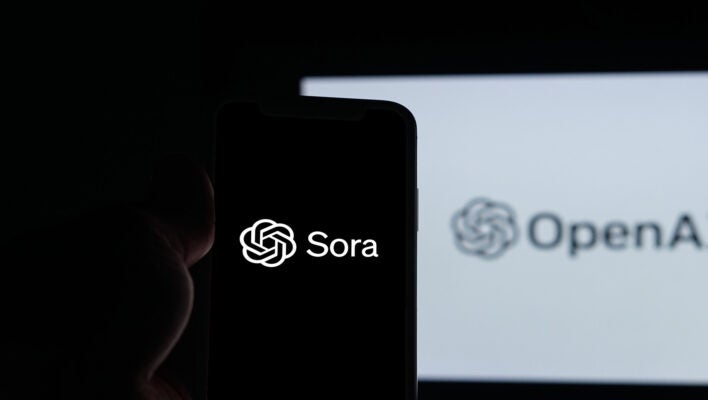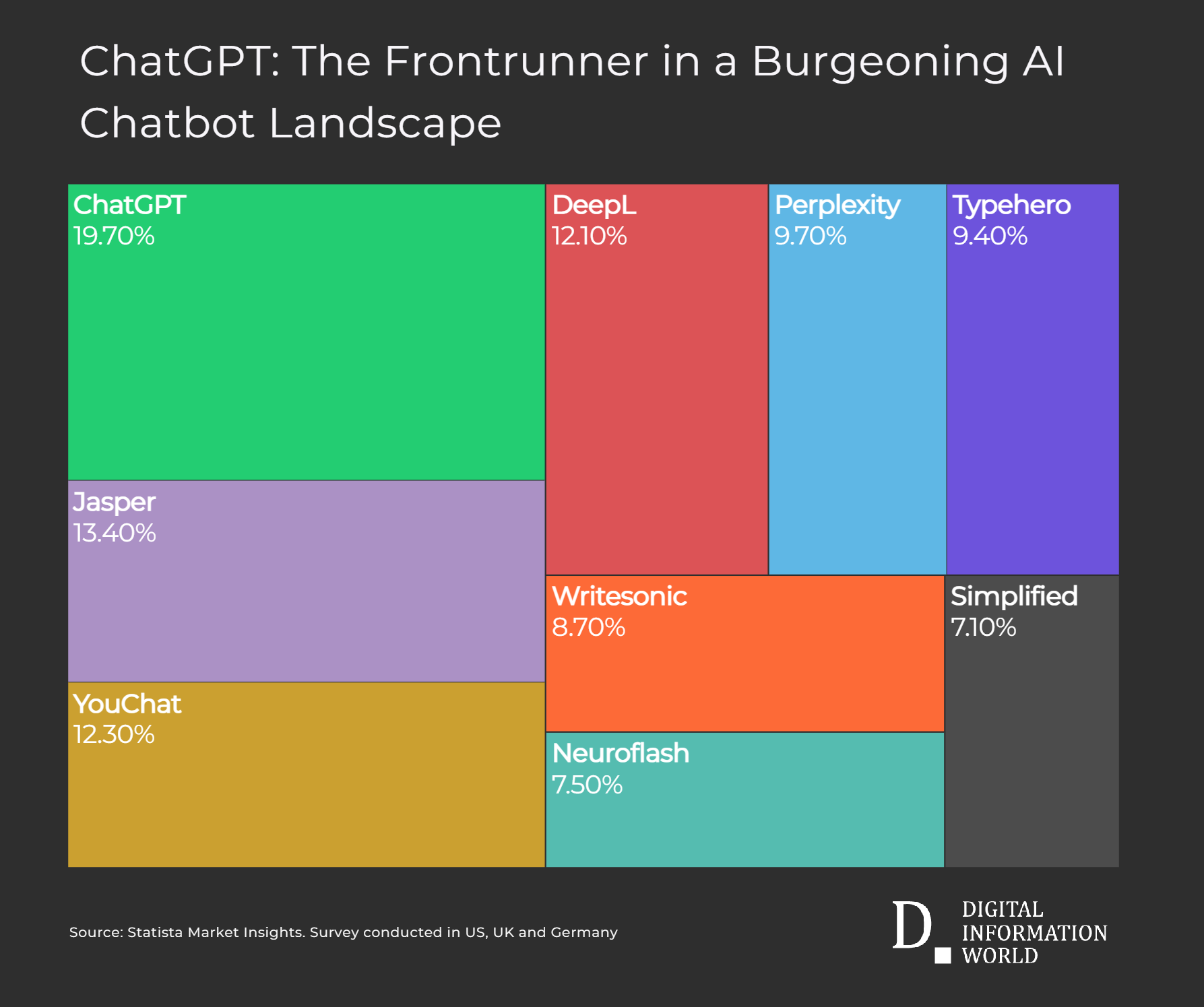A new artificial intelligence-based system automatically detects and classifies supernovae without human intervention. This allows you to significantly speed up the process of studying supernova explosions and eliminate possible errors
The Bright Transient Survey Bot (BTSbot) system, developed by an international project, automates the entire process of searching for new supernovae throughout the celestial sphere. This not only significantly speeds up the process of analyzing and classifying new candidates, but also eliminates human error.
Over the past six years, people have spent about 2,200 hours visually assessing and classifying supernova candidates. Now, with an online tool, researchers will be able to redirect valuable time to other responsibilities to accelerate the pace of discovery.
“For the first time, AI observed, then identified and interacted with the telescope to confirm the discovery of a supernova. This is an important step forward, as further improvements to the models will allow robots to identify specific subtypes of stellar flares. Removing human labor from this process gives the research team more time to analyze and develop new hypotheses to explain the origins of the observed outbreaks,” said Adam Miller of Northwestern University, who led the work.

BTSbot is an artificial intelligence that successfully detects and classifies supernovae
“This greatly simplifies large supernova studies, helping us better understand the life cycles of stars and the origins of elements created by supernovae, such as carbon, iron, and gold,” added Nabil Rehemtullah of Northwestern University, who collaborated with Miller on the code.
Today, humans work together with robotic systems to detect and analyze supernovae. First, robotic telescopes take pictures of the same areas of the sky over and over again, looking for new sources that were not present in previous images. Then, when telescopes discover a new object, people take matters into their own hands.
“Automated software provides a list of flare candidates that humans screen and perform spectroscopic observations. We can only determine whether a candidate is truly a supernova by studying its spectrum, which reveals the elements present in it. There are robotic telescopes that can collect spectra, but this is often done by humans operating the spectrograph telescopes,” Miller said.
The researchers developed BTSbot to remove the need for human intervention from this process. Rehemtullah trained a machine learning algorithm on more than 1.4 million historical images from nearly 16,000 sources, including verified supernovae, exploding variable stars, variable stars, and exploding galaxies.




